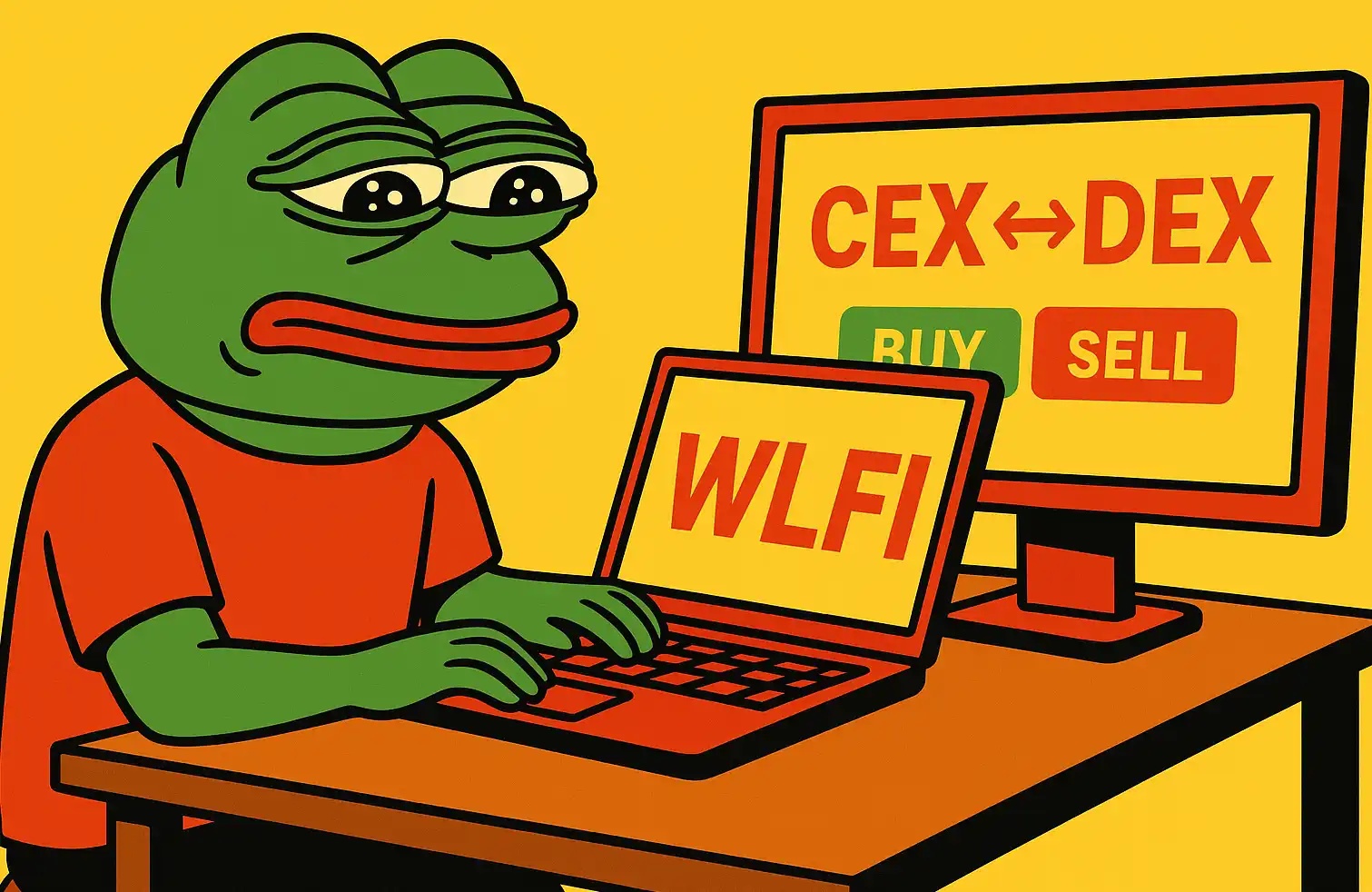The Difficulty Bomb That May Change 519 Tomorrow
Original source: WebX Labs
< /p>
If it is said that this year's bitcoin bull market and the shib boom have allowed a large number of outsiders to know and enter this market, then the "519 incident" on the eve of 520 has taught everyone a lesson and made everyone understand this The market cognition is more comprehensive. It turns out that in addition to skyrocketing, the currency circle also has plummeting and zeroing. Many people think that the entire encryption market has already collapsed, but for the elderly in the circle, the sharp drop and skyrocketing rise are only part of the development of the industry. After the end of 519, they still have to "sit down" and think about what to do tomorrow.
Excluding those global environmental factors, the fundamental core of the future direction of the market still depends on the trend of the basic sector. Especially Ethereum, an ecological aggregate that has enriched more than half of the current market resources.
Recently, the core developer of the mainstream public chain Ethereum announced that its mainnet upgrade in London will be launched as scheduled on July 14, the most important of which is Yes, the Difficulty Bomb, which was originally scheduled to go online at the same time, was postponed to December. This may bring huge changes to the entire Ethereum ecosystem and even the market.

|Ethereum difficulty bomb
The difficulty bomb was coded in 2015 Writing still exists and continues to be promoted as a very important mechanism. From the side, we can see that the official has already set the direction of Ethereum's future PoS consensus, but it has not been able to handle this transition well. The difficulty bomb is a mechanism algorithm that adjusts the difficulty of the chain according to the block time. It is mainly divided into two parts. One is the dynamic parameter adjustment similar to Bitcoin. When the block generation time is higher than 20 seconds, it will reduce the difficulty, and if it is lower than 10 Seconds will increase the difficulty. The other part is the real difficulty bomb, which artificially increases the difficulty of the blockchain, with the ultimate goal of forcing miners to lose their development motivation and turn to the ETH2.0 Pos chain.
Compared to the dynamic parameter adjustment of the difficulty setting of Bitcoin at a rate of 10 minutes, the difficulty adjustment algorithm of Ethereum is more complicated. In terms of design, it is presented as an exponential power of 2, n is the number of blocks, that is, the difficulty value is doubled every 100,000 blocks, so as to continuously increase the height of the block chain and increase the difficulty of mining. After that, the difficulty of mining will increase exponentially with the height of the block until miners cannot get rewards and blocks. As a difficulty bomb that "puts pressure" on miners, it is also a feasible way that can be thought of on the transformation of Ethereum, in order to avoid the result of the coexistence of the old chain and the new chain to the greatest extent.
Existence is reasonable. Regarding the significance of the existence of the Ethereum difficulty bomb, some developers believe that the difficulty bomb plays an important role in the development of the network. One The Ethereum wallet creator has stated that "without the 'difficulty bomb' we could end up in a situation where rolling out (system-wide upgrades) becomes difficult because people will stop updating their software because they It doesn't have to be."

Difficulty bomb math formula
|Difficulty Why is bomb propulsion so difficult?
In February this year, Ethereum developer Tim Beiko said that the difficulty bomb might happen in July, and three months later, he announced the difficulty The inclusion of the bomb will be postponed until December, but it is still unknown whether it can be launched. In order to solve such a delay problem, at the beginning of last year, the developers proposed to replace the difficulty bomb with a difficulty freeze, but they all ended up giving up. Until today, the difficulty bomb is still slowly advancing.
It is understood that from 2017 to now the Ethereum difficulty bomb has broken out three times, and developers have used fake block numbers to replace the original block numbers again and again Last year, due to the extension of the block generation time, the mining cost of miners continued to increase, which in turn caused miners to be unprofitable and the system network to be blocked. After the previous two experiences, to avoid the difficulty bomb breaking out in advance and it is expected to coincide with the launch time of ETH2.0, the developer returned the fake block number to a safe height, but now it seems that the specific time of the difficulty bomb breaking out is still a problem. Initially, the difficulty amount of the difficulty bomb was small and had no effect on block times. But the growth of the difficulty bomb is almost exponential, that is to say, to a certain extent, the difficulty of the network will suddenly increase, and the speed of block production will also drop sharply.
From the analysis point of view, although it is necessary to "combine two into one" in this way, the greater prudent consideration lies in the developer assessed risk. On the one hand, forcing miners to give up the Pow chain passively will easily cause dissatisfaction and rejection of miners, resulting in community division and a great possibility of forks. On the other hand, the exponentially increasing difficulty bomb explosion time mechanism will appear at an unexpected time, causing technical difficulties to a certain extent, and will have a negative impact on developers and miners, which is why developers are delaying time and time again The "explosion" came early.
And with the expansion of the Ethereum ecology to today's volume, it is difficult to turn around, and the actual implementation of the difficulty bomb mechanism becomes more and more difficult. In this process, if the interests of all parties are not well balanced, the entire network may be frozen or even collapsed.
In general, Ethereum, known as the world's computer, has taken longer than previously expected to switch from proof-of-work to proof-of-stake, even though the chain network The scale and speed of development are very fast, but to a certain extent, the initial meaning of the difficulty bomb is being consumed. In the long-term tug-of-war, if miners really want to continue mining on the old chain, they can harden it before the difficulty increases. Fork a new chain, at which point the difficulty bomb will no longer exist. But such a hard fork also has great technical risks and comes with a lot of resource consumption.
From a more fundamental point of view, the difficulty of the difficulty bomb is more difficult to say that it is difficult to change from ETH to ETH 2.0. , It is an extremely difficult problem to convince people in the entire ecology to transfer a large amount of resources in their hands to ETH 2.0 of PoS. It can even be said that the postponement of the difficulty bomb is not that ETH 2.0 is not ready, but that the entire ecology, including the official, is not ready to deal with the impact and changes that this transition may bring.
Therefore, some people believe that the difficulty bomb is not the only way to complete the transformation. Ethereum developer James Hancock proposed to replace the long-standing Difficulty bomb, generally speaking, is a more moderate and controllable "difficulty bomb".
|Whether the difficulty bomb can be "blown" in place
In fact, we do not It should not be overly concerned, because the development of technology takes time, we just need to continue to pay attention to the development of things. More importantly, Ethereum, as a programmable blockchain network, has established countless derivative tokens, Dapps and a spectacular DeFi ecosystem, especially since the launch of the ETH2.0 upgrade thread in December last year, the market value of Ethereum New highs have been set repeatedly, and the introduction has become more and more diverse. What is certain is that with the increasing popularity of blockchain technology, the application scalability of Ethereum will continue to expand, the consensus will become stronger, and its value will naturally be recognized by more and more people.
From a technical point of view, the expanded Lay2 solution already has a very rich stack matrix, compatible with Ethereum's EVM or better suited for the long-term expansion of Ethereum The innovative solutions have become the key weights to solve the current Ethereum congestion problem. From an ecological point of view, after so many years of development, Ethereum has combined and innovated more and more elements, becoming the preferred "potential energy" position for developers. Taking distributed finance as an example, currently 90% of DeFi is concentrated in the Ethereum network. As for the current migration to the smart chain, it can only be used as an option, while symbiosis with Ethereum is still a must, and its status cannot be replaced. Therefore, from the perspective of technology, ecology and development trends, Ethereum has a very good future.
It is not difficult to conclude that the difficulty bomb is no longer the only factor that determines the interests of miners. It is just a means to assist the transformation mechanism of Ethereum. The future development path of Fang is becoming clearer, and the transformation of ETH2.0 will gradually mature. Developers will also have more ways to set and deal with the difficulty bomb time and in line with the interests of all parties.
Original link
Welcome to join the official BlockBeats community:
Telegram Subscription Group: https://t.me/theblockbeats
Telegram Discussion Group: https://t.me/BlockBeats_App
Official Twitter Account: https://twitter.com/BlockBeatsAsia
 Forum
Forum

 Finance
Finance
 Specials
Specials
 On-chain Eco
On-chain Eco
 Entry
Entry
 Podcasts
Podcasts
 Activities
Activities
 OPRR
OPRR








